CDC Seeks Public Comments Regarding Chronic Pain Management
NORML
APRIL 30, 2020
percent in 2016).” ” This finding is hardly a surprise, as cannabis is well-established to mitigate pain in clinical models, particularly in patients with neuropathy.
This site uses cookies to improve your experience. To help us insure we adhere to various privacy regulations, please select your country/region of residence. If you do not select a country, we will assume you are from the United States. Select your Cookie Settings or view our Privacy Policy and Terms of Use.
Cookies and similar technologies are used on this website for proper function of the website, for tracking performance analytics and for marketing purposes. We and some of our third-party providers may use cookie data for various purposes. Please review the cookie settings below and choose your preference.
Used for the proper function of the website
Used for monitoring website traffic and interactions
Cookies and similar technologies are used on this website for proper function of the website, for tracking performance analytics and for marketing purposes. We and some of our third-party providers may use cookie data for various purposes. Please review the cookie settings below and choose your preference.
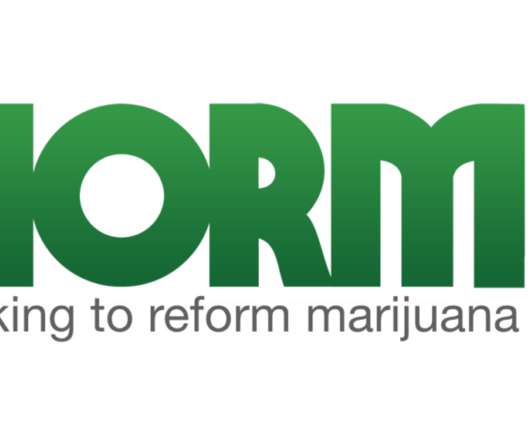
NORML
APRIL 30, 2020
percent in 2016).” ” This finding is hardly a surprise, as cannabis is well-established to mitigate pain in clinical models, particularly in patients with neuropathy.

The Cannigma
MAY 19, 2021
Since 2016, the country has permitted the sale of CBD and some Japanese companies produce cannabidiol products as well. In 2019, Japan approved clinical trials for Epidiolox — a cannabis derived medicine used to treat severe forms of childhood epilepsy such as Dravet and Lennox-Gastaut syndromes.
This site is protected by reCAPTCHA and the Google Privacy Policy and Terms of Service apply.

Greencamp
FEBRUARY 2, 2019
Even though cannabis and cannabinoid-derived pharmaceuticals are both frequently used by HIV/AIDS patients, several studies show that something interesting happens when cannabis is consumed. 2016 ( 3 ). But I haven’t seen any clinical trials looking at the direct effects of THC on the virus. Cannabis concentrates for HIV.
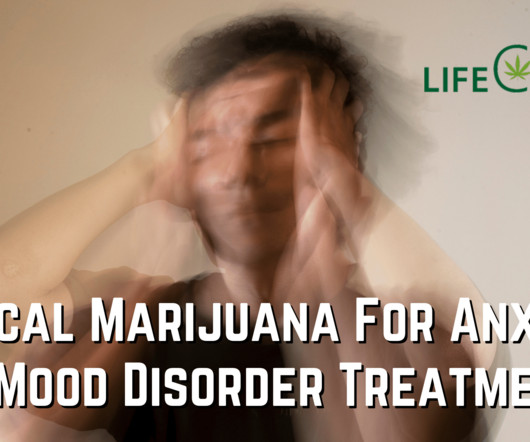
LifeCannMD
AUGUST 2, 2024
Certain cannabinoids in marijuana, such as CBD, have anti-inflammatory properties. Cannabinoids like THC and CBD bind to ECS receptors, potentially reducing inflammation and pain perception. More clinical trials are needed to establish definitive efficacy and safety profiles. Migraines are often linked with inflammation.
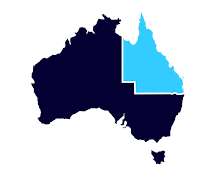
Cannabis Law Report
MAY 10, 2022
Medicinal cannabis products such as capsules, creams, oils, lozenges, sprays and granulated flowers were approved for prescription 159,665 times between the start of Australia’s medicinal cannabis program in February 2016 and September 2021, research led by the University of Sydney’s Lambert Initiative for Cannabinoid Therapeutics shows.
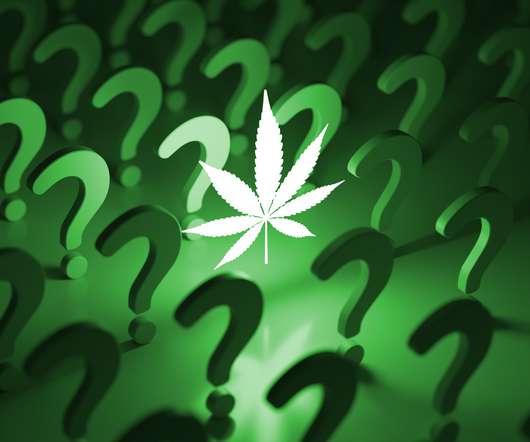
TheAnswerPage
JANUARY 11, 2022
and ‘The Perioperative Considerations for the Patient Utilizing Cannabinoid-based Medicines and Products.’ In addition, if clinicians are not well informed about the health effects of cannabinoid-based products, clinicians will not be able to optimally treat their patients. million medical marijuana patients nationwide.

Cannabis Law Report
MAY 10, 2022
Of the 248,000 scripts approved for Australians since inception of national medicinal cannabis scheme in 2016, many related to conditions for which the drug has limited evidence of efficacy, a new University of Sydney study shows. Since the beginning of the program, medicinal cannabis has been prescribed for over 140 conditions.

Cannabis Law Report
JANUARY 4, 2022
Nasdaq: ANEB), a clinical-stage biopharmaceutical company developing novel solutions for people suffering from acute cannabinoid intoxication and substance abuse, has named Simon Allen as Chief Executive Officer and a member of the company’s Board of Directors, effective February 1 st , 2022. Anebulo Pharmaceuticals, Inc.
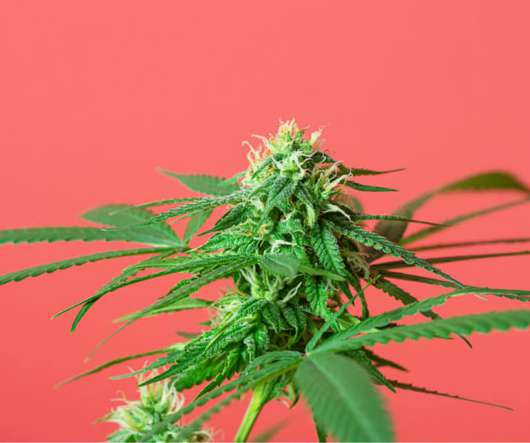
CannaMD
AUGUST 26, 2020
A new review published by scientific journal, Pharmacology Biochemistry and Behavior , has found that marijuana cannabinoid, CBD, is a “promising” therapy for treating cocaine dependence. Exploring alternative therapies, researchers turned their attention to marijuana cannabinoid, cannabidiol – more commonly referred to as CBD.

Freedom Leaf
JULY 20, 2017
Specifically, a 2016 study involving a significantly larger cohort of NHANES participants reported that “current marijuana use is associated with lower odds of metabolic syndrome.” “Longitudinal research is required to define the true relationship between marijuana use and metabolic syndrome.”

Cannabis Law Report
SEPTEMBER 1, 2019
By early 2016, Australia’s federal parliament passed a bill that laid the groundwork for cannabis to be legally cultivated and manufactured for medicinal and scientific purposes here. In late 2016, Faenza was working with a team to identify potential Australian sites and scan the international market for the best production methods.

Cannabis Law Report
APRIL 8, 2019
Through the Narcotic Drugs Amendment Act 2016 (Cth) and its amendments to the Narcotic Drugs Act 1967 (Cth) ( NDA ), the Australian Government commenced the legalisation of medicinal cannabis products in Australia under federal law in 2016. Josh Hunt – Partner. Callum Twigger – Lawyer. Chapter 2 of the NDA.

Cannabis Law Report
MARCH 21, 2019
All cannabis plants contain cannabinoids, which are a group of similar compounds. The industrial hemp plant happens to contain large quantities of special cannabinoids known as cannabidiol or CBD for short. In 2016, Tennessee legalized the use of CBD containing no more than 0.9% One variation of cannabis is called hemp.

Cannabis Law Report
JANUARY 24, 2022
North America Legal Cannabis Number of clinical trials. Qualitative analysis on synthetic cannabinoids and cannabis in North America. Qualitative analysis on synthetic cannabinoids and cannabis in North America. Hemp Market Estimates and Forecasts, 2016-2028 (USD Million). Market Segmentation. Market Dynamics.
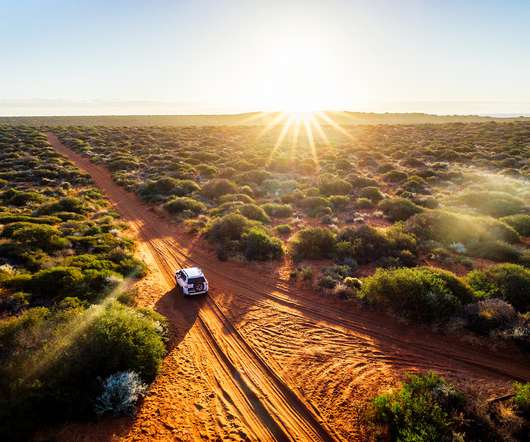
The Cannigma
AUGUST 26, 2021
The country legalized medical cannabis in 2016, but patients in the country have long criticized the program as too restrictive, and access to cannabis-based medicines remains behind that of many other legal cannabis jurisdictions. percent) remains far higher than the world average (3.9 Costs of medical marijuana.

Weedistry
MARCH 11, 2019
Founded in 2016 by Robert Rosenheck, who has a branding background, and his wife, Cindy Capobianco, who has led public relations for Banana Republic and marketing for Gap, it is a leader in a movement to make marijuana more attractive to a mainstream audience. “The It really does work for pain management.”. von Pfetten said. Idriss said. “It

Cannabis Law Report
JANUARY 11, 2019
Furthermore, by redefining hemp to include its “extracts, cannabinoids and derivatives,” Congress explicitly removed popular hemp products – such as hemp-derived CBD — from the purview of the CSA. It is now deemed an agricultural commodity, no longer able to be classified as a controlled substance, like marijuana.

Cannabis Law Report
SEPTEMBER 3, 2019
(TSX: LABS) (OTCQX: MEDIF) (FSE: MLZ) (“MediPharm Labs” or the “Company”) a global leader in specialized, research-driven cannabis extraction, distillation, purification and cannabinoid isolation, is pleased to announce that its subsidiary MediPharm Labs Australia Pty. Australian Leadership Appointments.
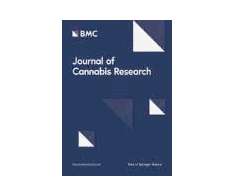
Cannabis Law Report
NOVEMBER 24, 2021
Medicinal cannabis has been legalised for use for a range of specified medical conditions in Australia since 2016. Legalisation occurred in Australia in 2016. The recreational use of cannabis is well known and attributed to its power as a psychotropic plant, specifically due to the cannabinoid tetrahydrocannabinol (THC).

Cannabis Law Report
JUNE 11, 2019
A modest award for the cost of Cesamet/Nabilone, the synthetic cannabinoid, was awarded in this case. A pain management specialist recommended a trial of Nabilone, the synthetic cannabinoid, or of medical marijuana. I decline to award a sum of money to permit the plaintiff to experiment with cannabinoids; … 23.

Cannabis Law Report
JUNE 10, 2021
Washington, DC: AAA Foundation for Traffic Safety; 2016. GfK KnowledgePanel 2016. Cannabis Cannabinoid Res. 9-tetrahydrocannabinol on driving performance: a randomized clinical trial. Arnold LS, Tefft BC. Driving under the influence of alcohol and marijuana: beliefs and behaviors, United States, 2013–2015.
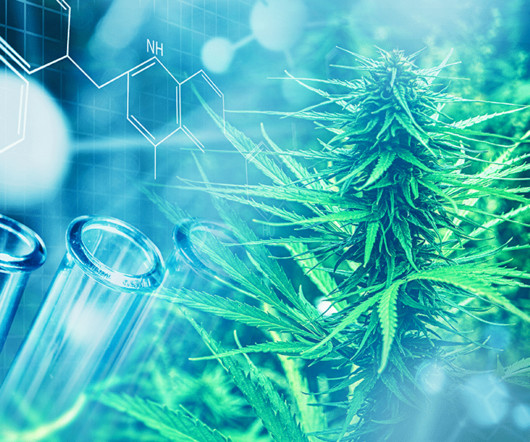
Project CBD
OCTOBER 26, 2023
There is a growing body of anecdotal and scientific evidence that the “major cannabinoids” tetrahydrocannabinol (THC) and cannabidiol (CBD), certain “minor cannabinoids” (some without a name), and other cannabis compounds have antineoplastic action against cancer cells. THC binds to two types of cannabinoid receptors, CB1 and CB2.

FloridaMarijuana.net
AUGUST 13, 2018
The Journal of Affective Disorders published a 2016 Swedish study which surveyed 8598 Swedish men and women. Published in 2016, “ Cannabis and Cannabinoid Research,” written by Michelle Sexton, Carrie Cuttler, John S. The researchers concluded that: Cannabis users had no increased risk of depression and anxiety at follow-up.

The Cannigma
MAY 13, 2022
There have been a number of preclinical and clinical trials studying cannabis’ effects on pain. When shopping for a strain for chronic pain, look for one that matches the cannabinoid and terpene profile, not one that matches the strain name exactly. And this is an area of ample scientific research. So what should you use?

Cannabis Law Report
JUNE 4, 2021
We support the Hemp Roundtable’s statements on psychoactive hemp and that it should be regulated separately from hemp, CBD, CBG and other non-psychoactive or non-intoxicating cannabinoids. Delta 8-THC is a psychoactive cannabinoid, just like Delta 9-THC, and legislators should regulate it as such.

CannaMD
NOVEMBER 6, 2019
In addition, data from the 2017 National Survey on Drug Use and Health showed a potential inverse relationship between marijuana and opioid use, based on data that reported a drop of opioid misuse from 2016 to 2017 (from 11.8 Those who received the cannabinoid medication Dronabinol had shorter lengths of stay and consumed fewer opioids.
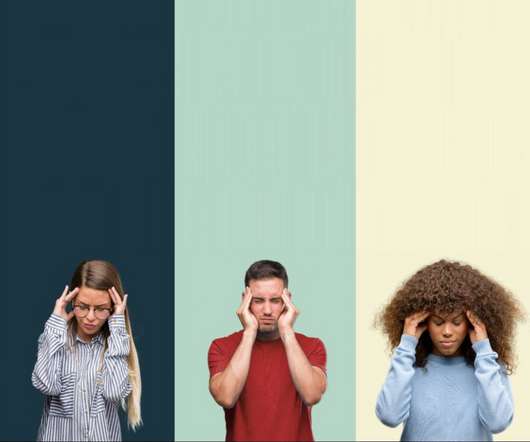
The Cannigma
JANUARY 13, 2023
The authors noted that while “promising data are emerging on the possible role of ECS in migraine…proper placebo-controlled trials are needed to establish a therapeutic role for cannabinoids.” Chemovars classify cannabis based on the dominant cannabinoid, and there are three main types on the market right now.

CannaMD
MARCH 8, 2021
Lastly, by imposing an arbitrary potency cap on just one of marijuana’s 100-plus cannabinoids, H.B. In 2016, the pharmaceutical industry spent $9.6 Cesamet, like dronabinol-containing products, is indicated for nausea associated with cancer chemotherapy. All forms of advertising and free speech remain available and intact.

Cannabis Law Report
OCTOBER 29, 2019
Wakshlag is well-known in the veterinary medicine community as the first doctor to conduct an efficacy study in dogs in a clinical trial at Cornell using ElleVet CBD/CBDA on dogs with multi-joint discomfort. The clinical trial results confirmed more than 80% of dogs showed significant or dramatic improvement.
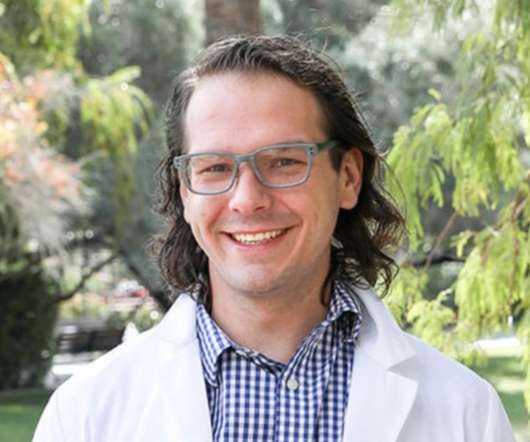
The Cannigma
APRIL 8, 2021
Yeah, there are thousands of strains, but those thousands of strains, but those thousands of strains only make let’s say one or two of 60 cannabinoids in abundance. Half of those cannabinoids of plant doesn’t make or three quarters because they’re byproducts. This is by nature of the way we consume cannabinoids.

Cannabis Law Report
MAY 29, 2022
Clinical Trials and Human Subject Protections. Before the drug approval process even begins, sponsors must initiate clinical investigations by first filing an Investigational New Drug Application (IND) with FDA. FDA’s approval of an IND will also require sufficient evidence that the trial will be safe for human subjects.

Cannabis Law Report
APRIL 10, 2019
MP Philippa Whitford (representing Central Ayrshire ), a doctor, called for more support for clinical trials so that doctors will be more willing to prescribe medical cannabis products: “That is quite scary for doctors, particularly as if it is an unlicensed drug, they have to sign a form to say that they accept personal liability.

Cannabis Law Report
JULY 12, 2019
International Cannabinoid Cancer Research Institute (Draft 5). This paper seeks to answer why refined cannabinoids have more side effects than the natural cannabis product, as well as the possible etiology of said adverse reactions. Also discussed are other attempts at affecting the cannabinoid system from a singular standpoint.
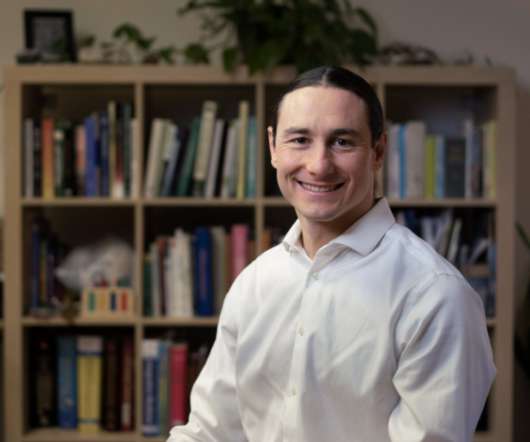
Healer
MARCH 26, 2021
THC is the main psychoactive compound in marijuana, while CBD is a non-intoxicating cannabinoid found in the cannabis plant. Seventeen of 19 pre-clinical studies provided “robust” evidence of the opioid-sparing effects of cannabinoids, but one of the nine clinical studies provided “very low-quality” evidence of such, according to the review.

Green Relief
MAY 13, 2018
government-held patent pertaining to “cannabinoids as antioxidants and neuroprotectants,” CBD and THC can limit “neurological damage following ischemic insults, such as stroke or trauma.”. As yet there have been no FDA -approved clinical trials to determine the efficacy of CBD -rich cannabis oil extracts for traumatic brain injury.

Green Relief
MAY 12, 2018
government-held patent pertaining to “cannabinoids as antioxidants and neuroprotectants,” CBD and THC can limit “neurological damage following ischemic insults, such as stroke or trauma.”. As yet there have been no FDA -approved clinical trials to determine the efficacy of CBD -rich cannabis oil extracts for traumatic brain injury.

NORML
SEPTEMBER 20, 2019
Essentially, the federal government has monopolized cannabis research, and ElSohly’s product, according to some scientists who’ve seen it, is unsuitable for clinical trials. The testing did confirm that the [batch sent by NIDA] has cannabinoids, some very minute quantities of terpenes in it, and that it was cannabis.

Cannabis Law Report
JUNE 4, 2021
Rick, and MAPS, have published hundreds of research papers, articles, and reports over the past several decades in addition to participation in dozens of clinical trials and international studies. Rick Doblin, Ph.D, in/rickdoblin/ [link]. in/ingmargorman/ [link]. Zach’s been writing it since May of 2019. Graham Pechenik.
Expert insights. Personalized for you.
We have resent the email to
Are you sure you want to cancel your subscriptions?


Let's personalize your content